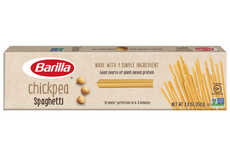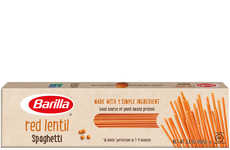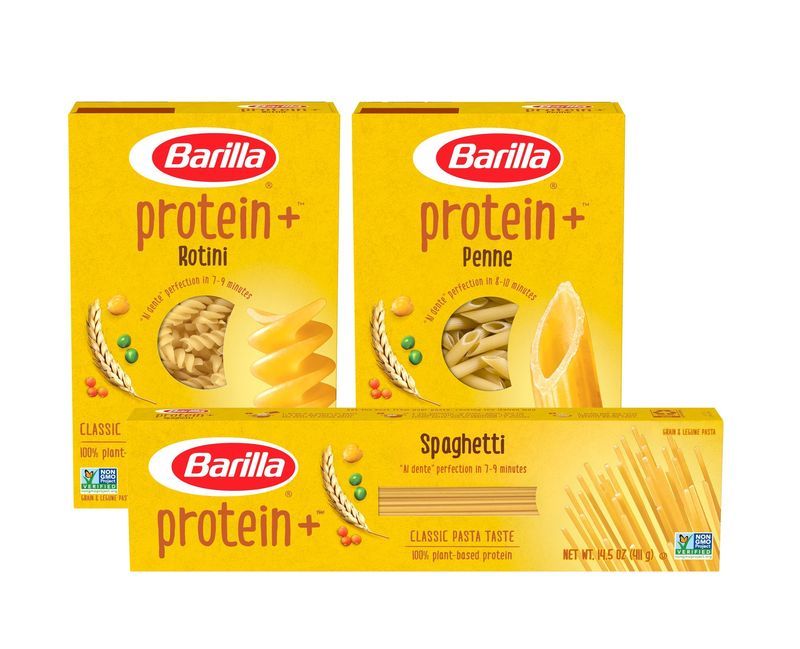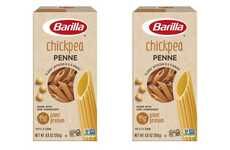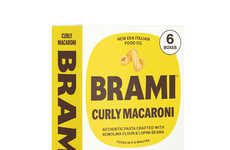
Barilla's Protein+ Pasta is Made Only with Plant-Based Ingredients
Laura McQuarrie — February 20, 2020 — Lifestyle
References: barillagroup & prnewswire
Barilla's new and improved Protein+ pasta line is made entirely with plant-based ingredients, including a base of semolina durum wheat that's combined with protein from lentils, chickpeas and peas. As well as being able to experience a new formula for varieties like Spaghetti, Angel Hair, Thin Spaghetti, Farfalle, Penne, Elbow and Rotini pasta, consumers will also find that the product has a shorter cooking time. Even so, the protein-rich pastas are said to maintain the taste and "al dente" texture of traditional semolina pasta products.
This new line of pasta packed with protein caters to consumers who are looking for 100% plant-based options, as the former recipe contained egg whites.
Image Credit: Barilla
This new line of pasta packed with protein caters to consumers who are looking for 100% plant-based options, as the former recipe contained egg whites.
Image Credit: Barilla
Trend Themes
1. Plant-based Protein - There is a growing trend of consumers seeking plant-based protein options, creating opportunities for innovators to develop more plant-based protein products.
2. Alternative Pasta Ingredients - There is an increasing demand for alternative ingredients in pasta, such as lentils, chickpeas, and peas, providing an opportunity for companies to create pasta options with unique flavors and nutritional profiles.
3. Optimized Cooking Time - The demand for pasta with shorter cooking times opens up opportunities for companies to develop convenience-focused pasta products for time-strapped consumers.
Industry Implications
1. Plant-based Food - The plant-based food industry is poised for growth with the rising demand for plant-based protein alternatives, presenting opportunities for companies to develop innovative plant-based food products.
2. Alternative Protein - The alternative protein industry can benefit from the demand for protein-rich pastas made from sources like lentils, chickpeas, and peas, creating new avenues for alternative protein product development.
3. Convenience Food - The convenience food industry can capitalize on the demand for pasta with shorter cooking times by introducing easy-to-prepare pasta products that appeal to time-conscious consumers.
2.3
Score
Popularity
Activity
Freshness



